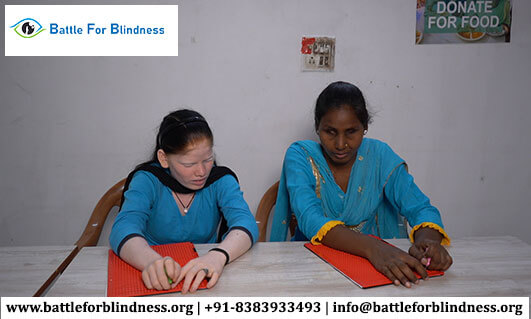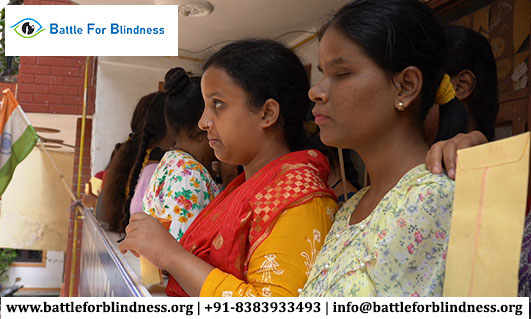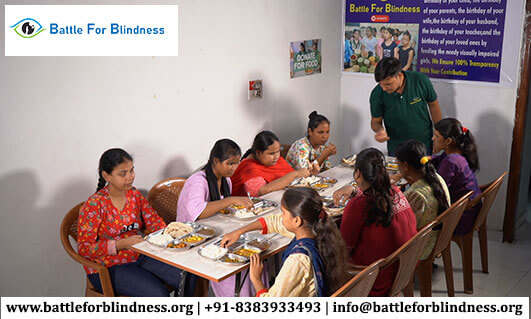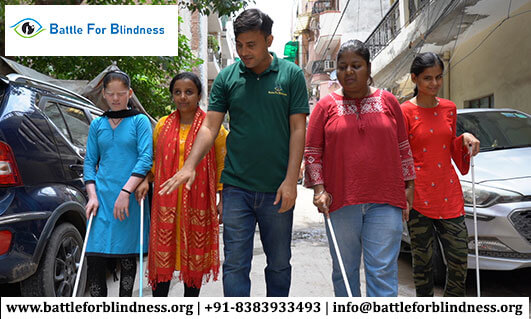
Fashion has long been seen as a form of self-expression, but for individuals with visual impairments, navigating the world of clothing and fashion can present unique challenges. The rise of adaptive clothing is revolutionizing this space by combining function and fashion to meet the needs of the visually impaired. This emerging field is not only addressing practical concerns but also empowering individuals to dress with confidence and style. Here’s how adaptive clothing is making fashion more inclusive for the visually impaired.
1. What Is Adaptive Clothing?
Adaptive clothing refers to garments designed with specific features that make dressing easier for people with disabilities, including those who are visually impaired. These clothes prioritize accessibility without compromising on style, offering wearers the independence to choose outfits that reflect their personality and needs.
2. Key Features of Adaptive Clothing for the Visually Impaired
Adaptive clothing often incorporates functional elements tailored to the visually impaired community. Here are some key features that make these garments user-friendly:
Tactile Labels and Markers: Tactile tags, Braille labels, or raised markings help individuals differentiate between clothing items, colors, or sizes. These labels allow visually impaired individuals to identify garments quickly without relying on sight.
Easy-to-Use Fastenings: Magnetic closures, Velcro strips, and easy-to-grip zippers replace traditional buttons or hooks. These features make dressing independently more manageable, eliminating the frustration of handling small, delicate fastenings.
Color-Coded or Patterned Tags: For those with partial sight or color blindness, some adaptive clothing brands provide color-coded labels or textured patterns to identify outfits or matching garments. This ensures coordination without the need for assistance.
Stretchable and Comfort-Fit Fabrics: Fabrics that are soft, flexible, and comfortable cater to the needs of wearers who prioritize ease of movement. Clothing made from stretchy materials also eliminates the struggle of pulling on tight or restrictive outfits.
3. Empowerment Through Style
While functionality is crucial, adaptive clothing also embraces the importance of style. Designers and brands are recognizing that visually impaired individuals deserve the same access to fashionable, trendy clothing as anyone else. Adaptive clothing collections are moving away from plain, utilitarian designs, offering garments in a wide range of colors, prints, and silhouettes.
This shift allows individuals to express themselves through fashion confidently. Whether it’s a tailored jacket with easy-to-fasten buttons or a sleek dress with magnetic closures, the visually impaired community can embrace their personal style and feel empowered in their appearance.
4. Fashion Brands Leading the Way
Several forward-thinking brands and designers are championing adaptive clothing for the visually impaired. These innovators understand the importance of merging practicality with aesthetics, ensuring inclusivity within the fashion industry.
Tommy Hilfiger Adaptive: One of the first major fashion brands to launch an adaptive line, Tommy Hilfiger offers a range of clothing with magnetic closures, adjustable hems, and other accessible features, all within stylish, on-trend designs.
IZ Adaptive: Known for its commitment to accessible fashion, IZ Adaptive focuses on creating fashionable garments that are easy to put on and take off, catering to a diverse group of individuals with disabilities.
Boden Adaptive: Boden’s adaptive line incorporates easy-dressing features into its playful, colorful designs, offering stylish options for individuals with visual impairments and other disabilities.
5. Adaptive Clothing and Independence
One of the greatest benefits of adaptive clothing is the independence it offers. Dressing independently fosters a sense of autonomy and confidence, which is essential for mental well-being. For individuals with visual impairments, being able to select, coordinate, and wear clothing on their own is a significant step towards maintaining control over their daily routines and personal lives.
6. How to Choose Adaptive Clothing
When shopping for adaptive clothing, consider the following tips:
Prioritize Comfort and Accessibility: Look for fabrics that are soft, stretchable, and easy to maintain. Ensure that fastenings like Velcro, magnets, or elastic waistbands are incorporated for ease of use.
Explore Braille and Tactile Labels: Seek out clothing with Braille labels or raised markers to simplify identification and coordination. If a brand doesn’t offer these, consider DIY solutions, such as attaching your own tactile markers.
Style and Personality Matter: Don’t compromise on style. Explore brands that offer trendy, fashionable options to ensure you feel confident and express your personality through your clothing choices.
7. The Future of Adaptive Clothing
As awareness of the visually impaired community’s needs grows, adaptive clothing will continue to evolve. Innovations like voice-activated closet systems and smart textiles are just a glimpse of what’s possible. With increasing demand for inclusive fashion, the future holds promise for a world where adaptive clothing becomes a mainstream, stylish, and functional solution for all.
Conclusion
Adaptive clothing is changing the way the visually impaired experience fashion, blending functionality with aesthetics to create garments that empower and inspire. These innovative designs are helping individuals dress independently, express their personal style, and navigate the world with confidence. As this industry grows, so too does the opportunity for visually impaired individuals to experience the joy of fashion, where function truly meets fashion.





